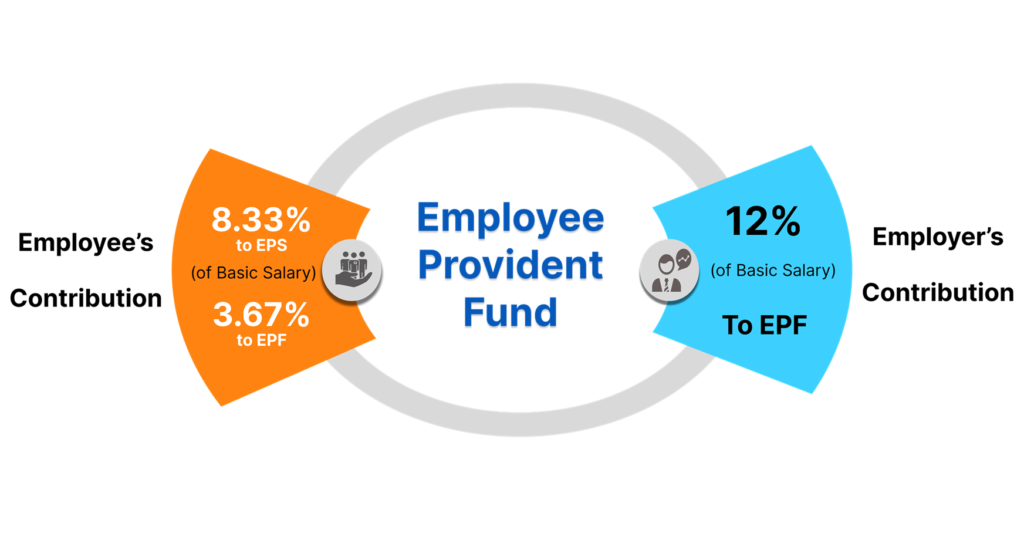Provident Fund
Employees’ Provident Fund Act – Overview and Compliance Guide
The Employees’ Provident Funds and Miscellaneous Provisions Act, 1952 ("EPF Act") is a central legislation aimed at providing social security to employees in the form of a retirement benefit. The Act mandates a savings scheme in which both the employer and employee contribute to a provident fund account maintained by the Employees’ Provident Fund Organisation (EPFO)
Applicability of the EPF Act
-
Establishments employing 20 or more persons.
-
Specified industries listed in Schedule I of the Act, or any other notified establishment.
-
Once applicable, the Act continues to apply even if the number of employees falls below 20.
-
Voluntary coverage is available for establishments with fewer than 20 employees, subject to approval by the EPFO.
Employees Covered
-
All employees drawing wages up to ₹15,000 per month are mandatorily covered.
-
Employees earning above ₹15,000 can be enrolled voluntarily with mutual consent of employer and employee.
Rate of Contribution
Under the EPF Scheme, 1952, the current contribution rates are:
| Party | Contribution (%) | On Wages |
|---|---|---|
| Employer | 12% | Basic + DA + Retaining Allowance |
| Employee | 12% | Basic + DA + Retaining Allowance |
Note: For certain industries like jute, beedi, brick, etc., the employer's contribution is 10%. The employee continues to contribute 12%, unless notified otherwise.
Out of the Employer's 12% contribution:
-
8.33% goes to the Employees’ Pension Scheme (EPS) (subject to a cap).
The balance goes to the Employees’ Provident Fund (EPF).
Due Dates for Compliance
| Compliance | Due Date | |
|---|---|---|
| EPF Contributions Deposit | On or before 15th of the following month | |
| Filing of ECR (Electronic Challan-cum-Return) | Monthly, before 15th of each month | Inspection Book Pf |
Consequences of Non-Compliance
Failure to comply with the provisions of the EPF Act can lead to the following:
A. Penal Damages (Under Section 14B)
For delayed remittance of contributions:
| Delay Period | Damages | ||
|---|---|---|---|
| < 2 months | 2–4 months | 4–6 months | > months |
| 5% p.a. | 10% p.a | 15% p.a. | 25% p.a. |
Other Penalties
-
Imprisonment up to 1–3 years and/or fine up to ₹10,000 for default in payment.
-
Prosecution of the employer and responsible officers.
-
Attachment of bank accounts, property, and arrest in extreme cases.

